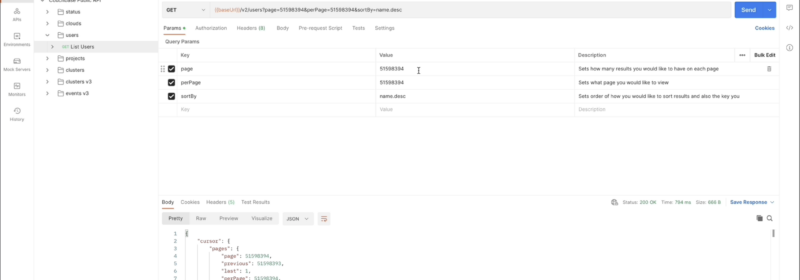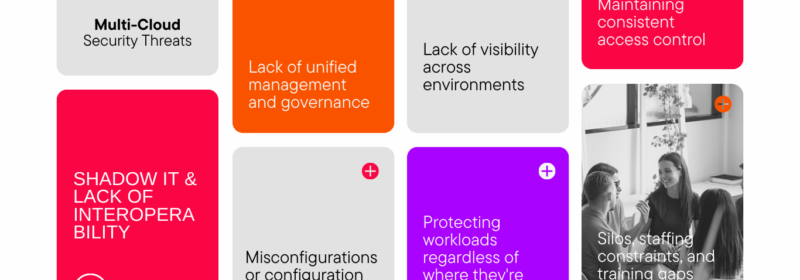Category: Couchbase Capella

Use Postman With Couchbase Capella Public API
Important Update: Please note that the V3 API will be deprecated soon and will no longer receive updates or support beyond its end-of-life date. To benefit from enhanced features and improved performance, we strongly recommend transitioning to our new V4...

Customer Spotlight: 3 Ways Organizations Build Modern Apps with Couchbase and Capella DBaaS
At Couchbase, we equip our customers with a cloud database platform that delivers fast, reliable, and always-on premium experiences for their users and customers. We believe modern customer experiences need a database platform that can keep up with a continuously...

Meet Couchbase at an AWS Summit
Over the next five months, Couchbase will be exhibiting at 15 AWS Summits all around the world. In total, over 94,500 software developers, architects and AWS practitioners will attend one of these events, and we can’t wait to meet as...

G2 Crowns Couchbase an Industry Leader Third Year in a Row
Leading software review platform G2 highlights the top-rated solutions across a wide range of industries based on user satisfaction and market presence every quarter. Today, the trusted software review site released its 2023 Spring Reports and for the third year...

A Multi-Cloud Security Overview (Best Practices & Challenges)
As more and more organizations adopt cloud computing, the use of multi-cloud environments is becoming increasingly common. However, with this approach comes the need for robust multi-cloud security strategies to effectively secure and protect data and resources across multiple cloud...

Cloud-Native vs Cloud-Agnostic: Which Approach is the Best Fit?
While there’s no longer a major debate around whether or not you should move to the cloud, there’s still not a consensus around whether or not you should go with a cloud-native or cloud-agnostic approach when building your application. We’re...

Customers Build Modern Apps with Couchbase and Capella: Q4 FY23 Momentum
As we wrapped up our fourth quarter and fiscal year 2023, we’re proud of all that we accomplished – especially the rapid progress we made with Capella, our fully managed cloud DBaaS. Everyday we come to work excited to enable...

Data Replication and Synchronization in Couchbase
Data replication and synchronization may seem redundant at first glance. They both refer to copying data from one persistent repository to another for consistency in a distributed architecture. But for Couchbase, each term has a different meaning and each is...

Lotum Creates a Unified Gaming Experience for Millions of Global Users with Couchbase Capella
Social gaming is a competitive environment. Games must be able to handle large volumes of unpredictable traffic while simultaneously promising zero downtime. For these companies, user retention is critical. Gamers expect to play whenever they want for as long as...

A Deeper Dive Into Couchbase Capella™
Couchbase Capella Database-as-a-Service (DBaaS) eases database management, reduces costs, offers flexibility for developers, and delivers high performance for modern applications. Its use of the SQL++ query language and user-friendly interface, inspired by tools like GitHub, make Capella easy for developers and...

Data Sync between Capella App Services and Self Managed Couchbase Mobile Deployments
Capella App Services is a fully managed cloud backend for your mobile, desktop and IoT frontend applications. On the other end of the spectrum, the paradigm of “Edge Computing” has gained a lot of traction in recent years. Edge Computing...

Supercharge your Data Mesh strategy with Couchbase Capella
“Data as a Product” In the face of challenging economics and intensified customer focus, organizations are trying to lower costs and maximize efficiency – and one way they hope to do it is by treating data as a product, that...